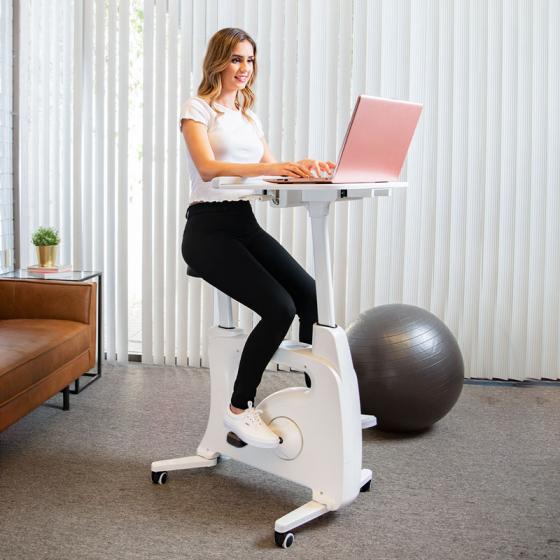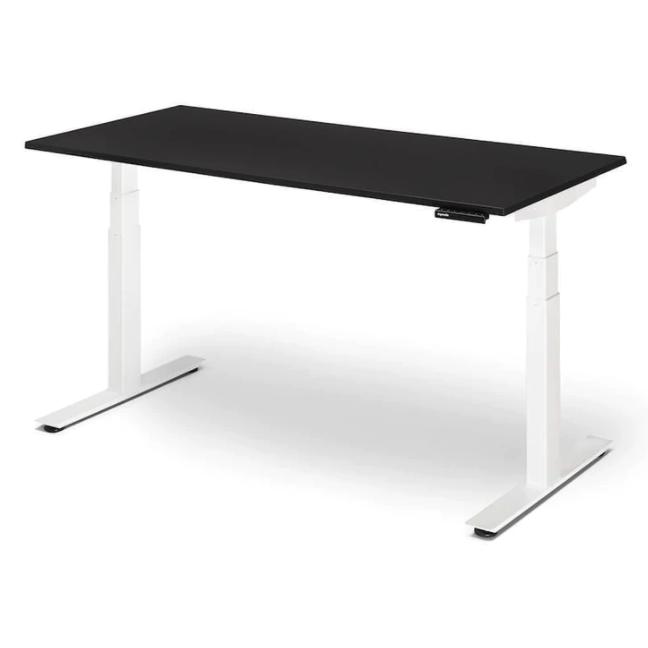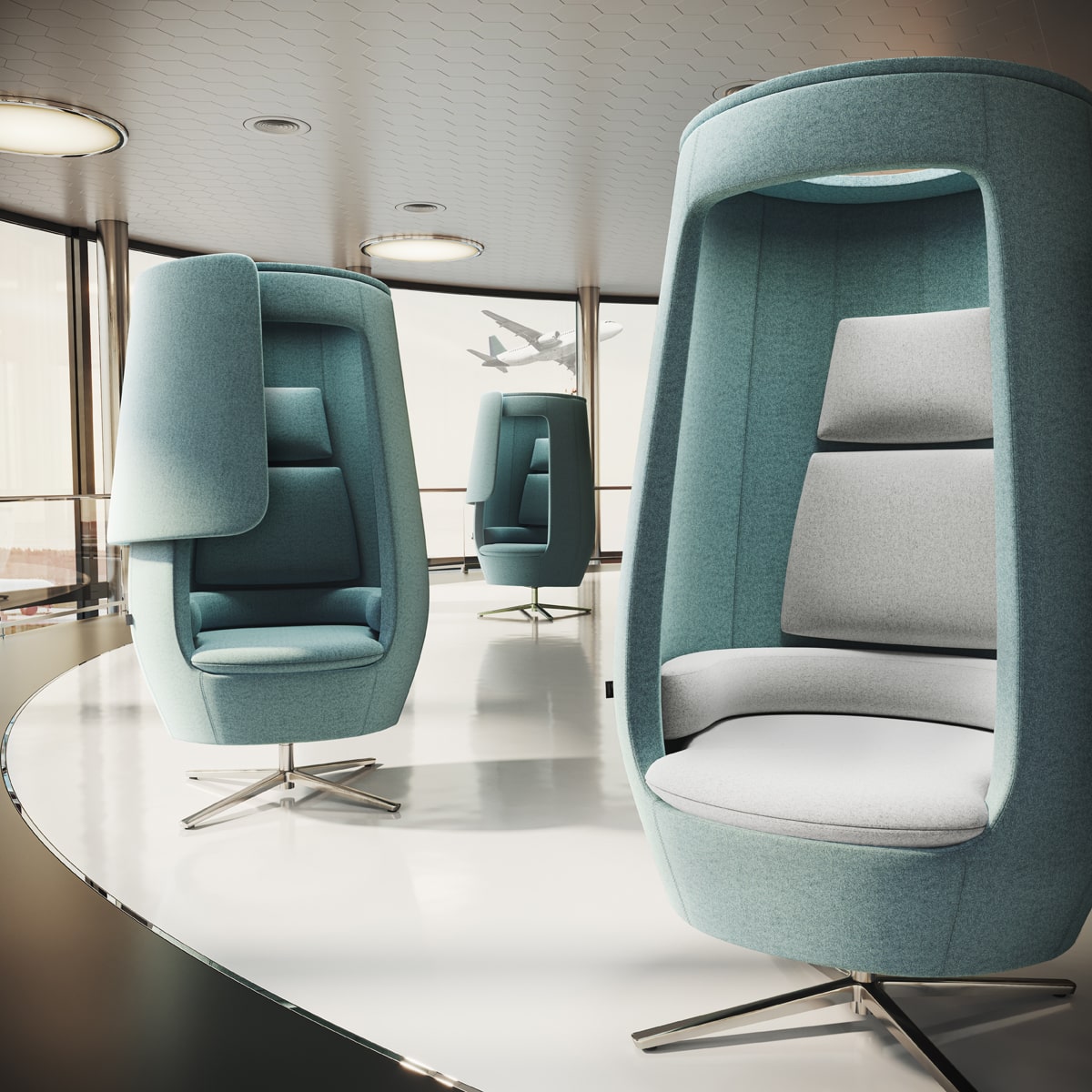- In 2022, coworking spaces will not only be critical to how companies operate, but the operators themselves will undergo changes that aim to address the needs of the growing population of hybrid workers.
- In 2022 it is expected that coworking operators will expand to service suburbs and smaller towns so workers have a physical workplace to come into to make connections with others.
- More and more landlords have become confident that demand for flexibility will continue to grow far after the pandemic has ended.
Allwork.Space is supported by its readers. This article may contain affiliate links. If you make a purchase from one of our trusted partners, we may earn a small commission – at no extra cost to you. This is how we keep Allwork.Space free for our readers and listeners. Learn more.
The state of the coworking industry seems to change at any given moment.
In 2019, coworking spaces were tightly packed with professionals from various industries trading ideas and collaborating within close quarters. The future for coworking was promising as the shared economy finally took off in a way that would change society.
Then 2020 happened.
Suddenly, employees shifted to working from home, many for the first time ever, while companies ramped up their technology to make these arrangements possible.
Fast forward to 2021, and the remote and hybrid work policies that were intended to be temporary have become ingrained into our work culture forever.
However, the coworking spaces of 2019 are not what we will see in the new year
In 2022, coworking spaces will not only be critical to how companies operate, but the operators themselves will undergo changes that aim to address the needs of the growing population of hybrid workers, as well as underlying issues that have plagued the industry for years.
So what can we expect from the coworking industry in 2022?
1. Coworking spaces will have a new purpose
Prior to the pandemic, coworking spaces were mostly home to startups and freelancers in open spaces with little privacy. While these professionals will still be part of the culture, corporations will also start adopting coworking spaces as employees demand it
Research from Citrix shows that 76% of respondents expect employees to value their personal life over their proximity to work. If their current position cannot accommodate this, they will seek flexibility elsewhere.
As a result, coworking spaces will adjust their amenities and offerings to address all styles of workers, including updating their technological offerings, providing a wider variety of work environments, and serving as a drop off point for hybrid workers trying to achieve a healthy work-life balance
On a recent Future Of Work Podcast episode, Nhat Nguyen, Head of Global Projects at Autonomous.ai said “I’ve seen research showing that people who come to coworking spaces, 76 percent of the survey say that they want ergonomic chairs but they don’t have it.”
From adjustable standing desks, to ergonomic seating and even wellness-focused office tools and furniture agility will be key here. Here are some we’ve had our eyes on:
2. Coworking will no longer be reserved for the city
At the beginning of the pandemic, several workers transitioned to work-from-home positions, many of which were located in the suburbs
After months of working at home, feelings of isolation and distractions came creeping in, impacting their ability to remain productive and focused.
Coworking spaces have taken note, and in 2022 it is expected that operators will expand to service suburbs and smaller towns so workers have a physical workplace to come into to make connections with others, while still benefiting from the perks of working near home.
However, many of these professionals are in dire need for a way to better achieve a work-life balance, so in 2022 we can expect to see coworking spaces expand their offerings to include childcare services, fitness facilities, and more.
3. Coworking models are changing
While the pandemic initially caused coworking demand to come to a screeching halt, 2022 will mark a time when operators and landlords alike are scrambling to improve their current models in order to meet demand.
In fact, demand for coworking spaces grew 41% from the first quarter of 2021 to the second quarter, according to data from Upsuite.
That’s why it is expected that traditional coworking models will be no more. Prior to the spring of 2020, coworking operators typically signed long-term leases for space within buildings, then subleased that space out to freelancers and startups on a short-term basis.
This arrangement became polarizing with time, leading operators to adopt partnership-based models that were beneficial for all parties involved.
However, because demand for coworking has skyrocketed in recent months, landlords are paving their own way within the industry by offering in-house coworking services.
Although not a new concept, more and more landlords have become confident that demand for flexibility will continue to grow far after the pandemic has ended.
Moving forward, landlords will have the opportunity to incorporate their own coworking brand and receive the largest chunk of revenue, mitigate potential risk, retain tenants in the long-term, and diversify their portfolio.
4. Coworking will need a technological upgrade
Remote working was viewed as a temporary solution for the majority of 2020 and 2021, leading companies to put little effort into the resources needed to operate.
In 2022, companies are finally coming to terms with the fact that remote and hybrid work are here to stay and that advancements will need to be made in current workplace technology.
Zoom won’t cut it anymore.
Coworking spaces will have a responsibility to stay ahead of this trend by adopting new tools that make the workplace safe, immersive, accessible, and most importantly; manageable.
Coworking operators will seek to incorporate modern tools that ensure workers, no matter where they are located, can connect and access their space seamlessly – and securely. Tools such as integration platforms, presentation technology, and smart devices will continue to grow in demand and will be needed by coworking members in the future.
5. Coworking design will not be unilateral
Many have argued that coworking is solely a place for collaboration, but this isn’t necessarily the case.
In 2022, coworking spaces will be for everyone, whether it’s a working parent that needs a break from their homes to focus on a task, or a corporate remote employee that wants a dose of inspiration from a new environment
Whatever their background, coworking design will need to stay agile to accommodate it.
This means incorporating open spaces for quick access to like-minded professionals, soundproof rooms to focus on individual work, and everything in between. Coworking operators can give potential new members an interactive, detailed view of their space, allowing them to address any requests that prospects may inquire about and provide personalized services.
While it has been tempting for coworking firms to include hip amenities like gaming rooms, 2022 will require operators to make a huge emphasis on wellness.
The last few years have been strenuous on all, and companies have noticed.
Research shows that 94% of companies invested heavily into wellbeing programs in 2020. However, these initiatives may have not been impactful as less than 40% of workers were found to have taken advantage of these offerings.
If coworking spaces want to make a real impression on the wellbeing of employees, emphasizing financial, mental, and physical wellbeing will be crucial.
Coworking Is Maturing
In 2022, the coworking industry is expected to mature.
The days where coworking was synonymous with party culture are no more.
Moving forward, we can expect to see coworking operators accommodate the needs of employees who have gone through one of the most unprecedented moments in history.
Luckily, there are numerous ways for coworking operators to stay ahead of trends and ensure that they address new needs as they emerge.
By joining in on the monthly series Coworking Convos, operators can connect with others in the industry to discuss the changes coming to the market, especially in wake of today’s uncertain environment.
Subscribing to Allwork.Space weekly newsletter can also help operators keep up with the latest coworking trends and news so they never fall behind the competition.
Revenue will come naturally as demand grows, but retaining coworking members will require an emphasis on wellness design, advanced technology, sustainable operational models, and creating purpose-driven workspaces.


 Dr. Gleb Tsipursky – The Office Whisperer
Dr. Gleb Tsipursky – The Office Whisperer Nirit Cohen – WorkFutures
Nirit Cohen – WorkFutures Angela Howard – Culture Expert
Angela Howard – Culture Expert Drew Jones – Design & Innovation
Drew Jones – Design & Innovation Jonathan Price – CRE & Flex Expert
Jonathan Price – CRE & Flex Expert




















